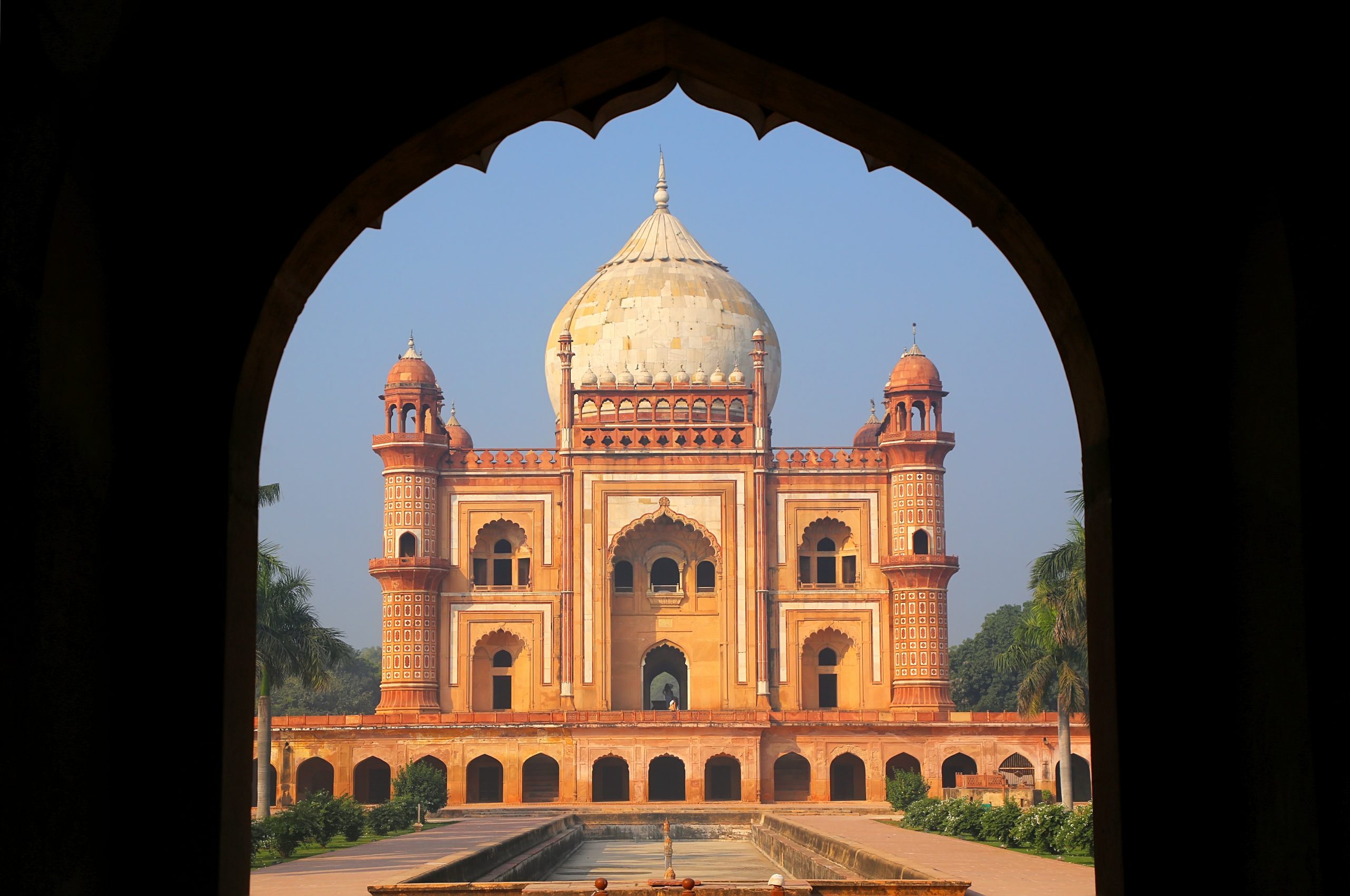Climate Change Hurting India’s Honeybees?
March 11, 2016
Bee Colony Collapse, Honey Bees
Countless countries are worried about the issues of climate change and its effects upon the world. Some say that it was brought on by mankind, while some say the change is part of a warming and cooling cycle of the world’s climate. No matter the cause or reason, the effects of climate change are felt in various ways, some more extreme than others. In the country of India, for instance, there has been a period of rising temperatures and inconsistent rainfall resulting in devastating droughts. When combined with a loss of habitat and increased tourism, the end result is India’s honeybee populations being wiped out and the whole ecosystem under threat.
According to Madhan Bomman, a local of Nilgiris’s Kattunaicken tribe, his community is “completely dependent on honeybees. [Boys] are trained in climbing trees and fetching honey at 15 years of age. Fetching honey has been [their] occupation for several decades.” Bomman also claimed once the honey from one tree once was enough for 50 families, but now they must climb ten trees for a meager few liters of honey. Droughts have led to many flowers and trees dying, therefore destroying the bees’ habitat and forcing the area’s inhabitants to struggle for resources.
Bomman also noted that many forests have been converted to cater to Nilgiris’s growing rate of tourism, nearly 2.5 million tourists per year. Many “legal and illegal structures were built there, affecting land use patterns in the mountains.” India’s most populous bee species, the giant rock honeybees, is in sharp decline due to this pattern in the Nilgiris mountain range--specifically, the bees’ migrating patterns were disrupted because the area once abundant with trees and flowers has been converted into tourist locations. This puts much unneeded stress on the honeybees, leading to far more instances of colony collapse disorder.
Scientists in India’s governing bodies have been trying to address the issues brought on by climate change and tourism, with Dr. S Manivannan saying that his government should stop approving construction on steep slopes--easily avoidable problems compared to the uncontrollable El Nino warming cycle. Dr. Manivannan stated that “it is visible that climate change has affected agriculture in Nilgiris,” as Mr. Bomman’s village proved, “The yield of vegetables and fruit is very low because of inadequate moisture content in the soil. Changes such as heavy rainfall in unseasonable months and severe water shortages at regular intervals indicate climate change.”
It is more or less confirmed that climate change is affecting India’s agriculture and honeybee populations whether it is man-made or natural. With that knowledge in place, India's citizens have a chance to come up with solutions that allow for honey production to thrive despite higher temperatures and sporadic rainfall. Equally important, policies that take honeybee migration patterns into account could potentially save thousands of colonies as well--and in this day and age, the bees need all the help they can get.


.jpg)



